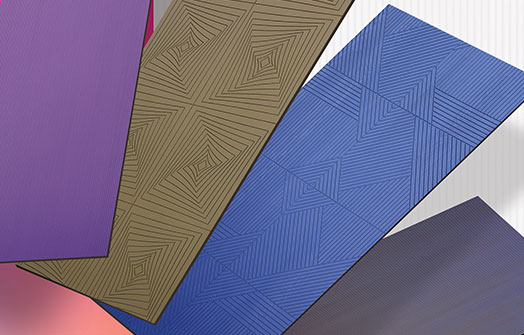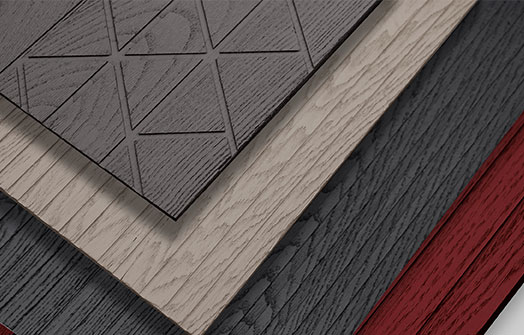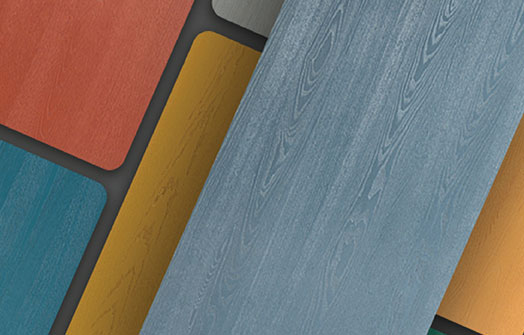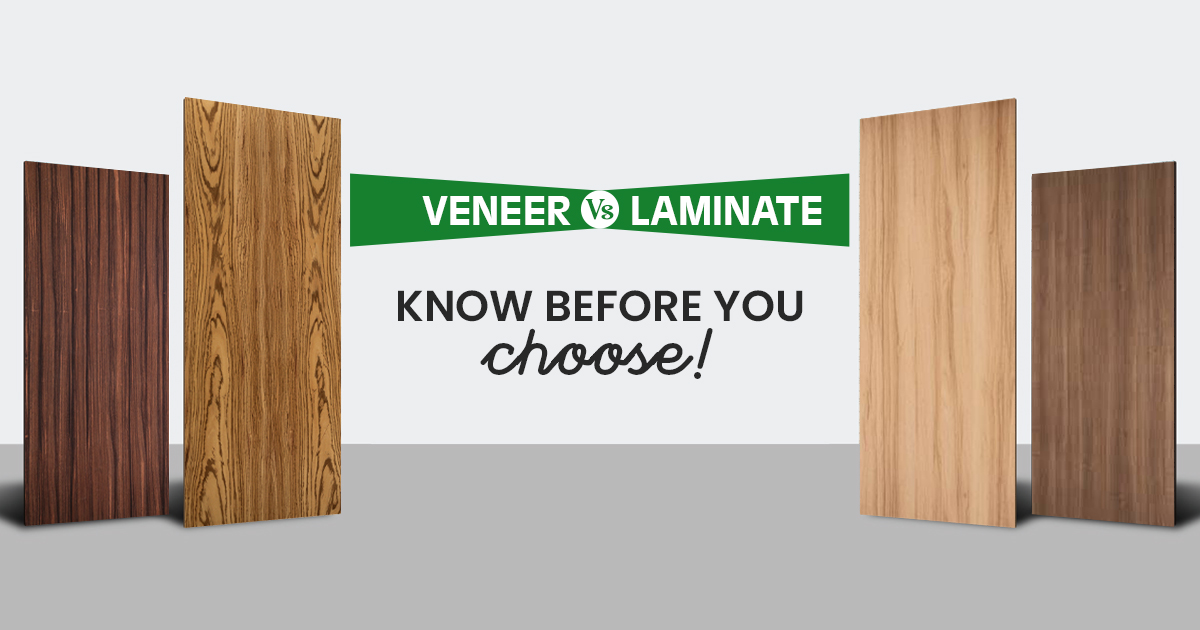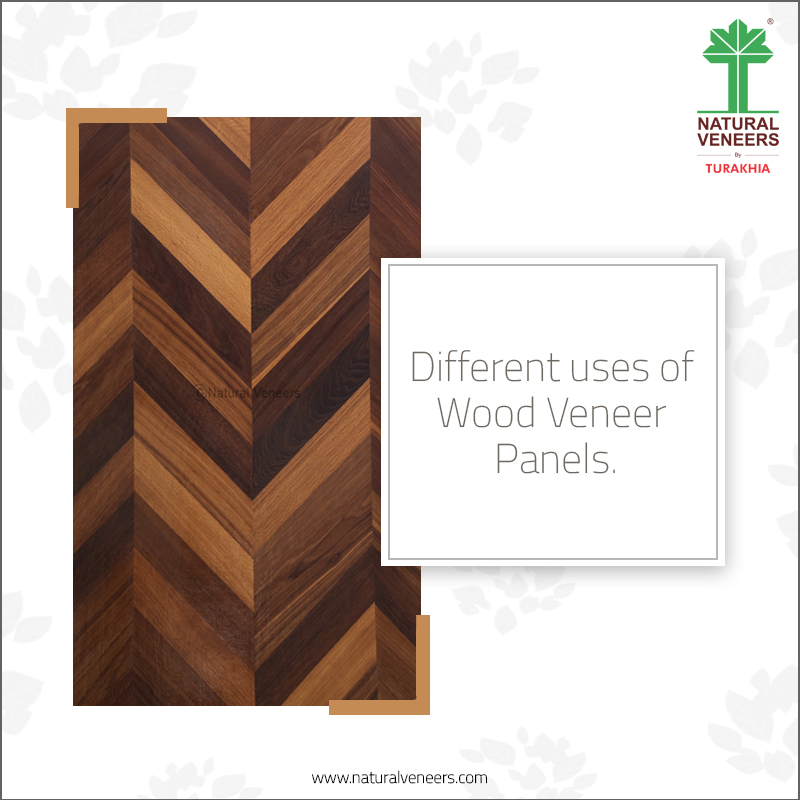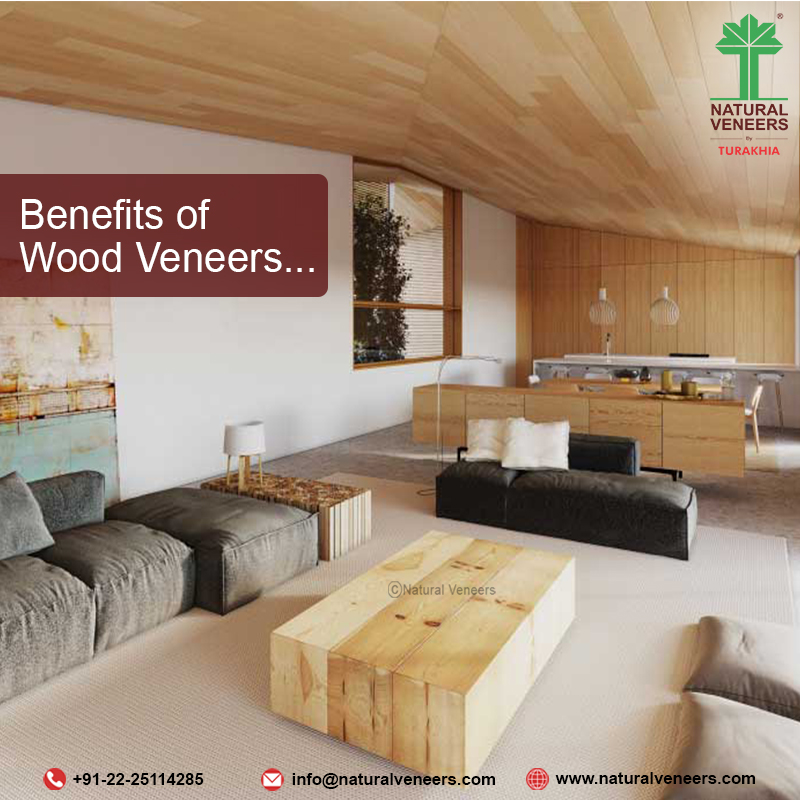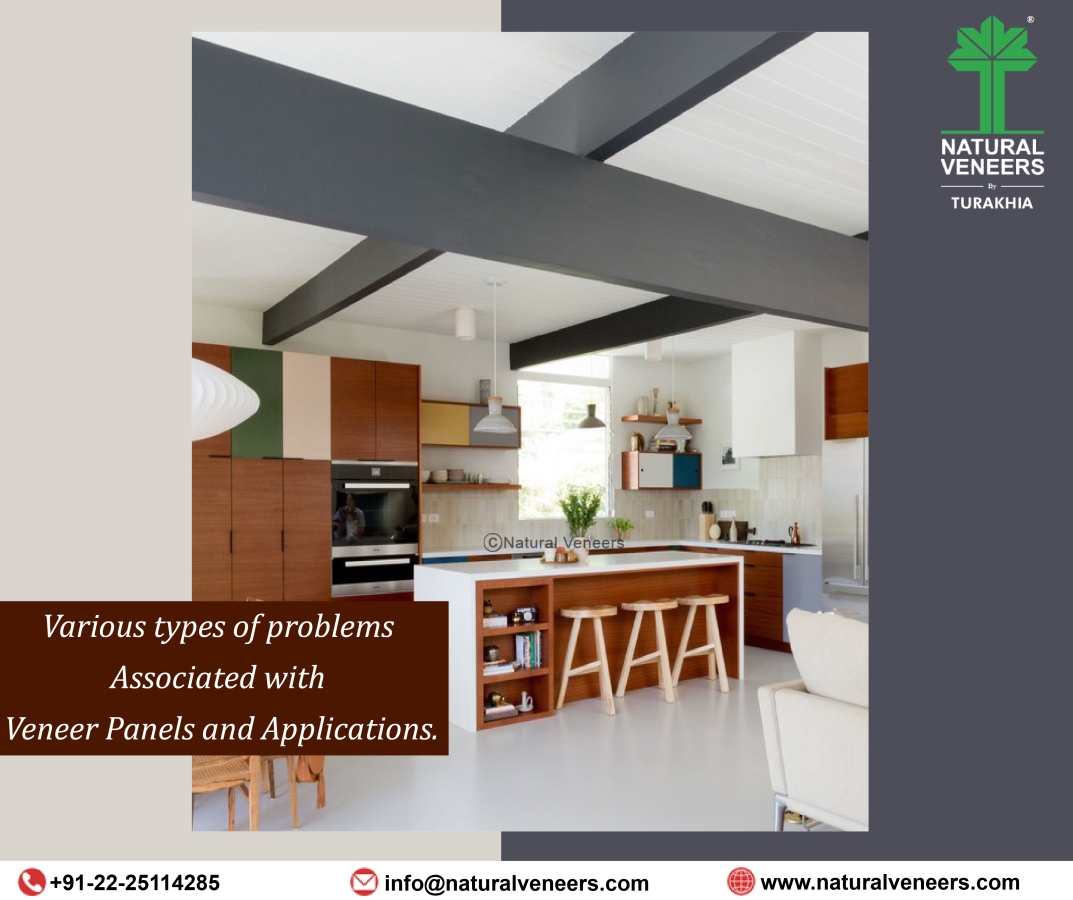Veneer vs. Laminate – Know Before You Choose!
- May 15, 2025
- by
- Admin
Thinking of giving your space a fresh, wood-finished touch? You’ve probably come across veneer sheets and laminates. At first, they might look the same. But once you dig a little deeper, the differences start to show. Both are used to finish furniture and surfaces, but the way they feel, last, and age can be quite different. If you’re unsure which one fits your needs better, this guide will help you make a clear choice.
Let’s understand it thoroughly.
Veneer vs Laminate – What’s the Real Difference?
Veneer sheets are made from slicing thin pieces of real wood and then gluing them on the base material. Since no two trees are the same, every sheet of veneer is unpredictable and brings beautiful knots, grooves, and grain patterns of natural wood. So every time you choose veneers, you get something unique.
Meanwhile, Laminates are made from paper, kraft, melami and phenolic resin, and they have prints on them that look like natural veneers. As Laminates have printed patterns on the surface, you can have as many same laminate sheets as you want.
Veneer vs Laminate
| Feature | Veneer Sheet | Laminate |
| Made From | Sliced Natural Wood | Decorative printed paper and multiple layers of resin-treated paper |
| Appereance | Natural grooves, uneven grains | Uniform patterns, printed textures |
| Feel | Natural and earthy | Smooth and synthetic |
| Customization | Unique, no two pieces are the same | Repetitive designs |
| Aging | Ages like real wood | Holds up well, but may show wear over time |
| Cost | Slightly more on the pocket as it’s natural and unique | Generally more budget-friendly |
| Sustainable | Yes, made from real wood and biodegradable | Less eco-friendly due to synthetic resins and plastics |
But Why Does It Matter to You?
Ask yourself this:
- What do you want? A piece that looks the same in every showroom or something that feels like it was carved by nature itself?
Still wondering which is better for your kitchen cabinets? Or bedroom wardrobe? Let’s go deeper.
When to Choose Wood Veneers
Veneers might make more sense when:
- You want to keep that raw wooden look intact.
- The feel of real wood matters to you more.
- You want premium interiors, statement walls, or furniture with intricate curves.
Think about a live-edge dining table with natural veneer sheets—you can’t mimic that with laminate.
Common Myths (and Truths)
Veneers are hard to maintain – Not true. Most veneer sheets are already polished and coated with a protective layer.
Laminates are waterproof – Only to an extent. Water damage can still sneak in from edges or cracks.
Veneers won’t last – If maintained well, wood veneers age beautifully and look better with time.
So… Veneer or Laminate?
There’s no wrong answer. But there’s a right vibe.
- Veneers require professional installation, while laminates are easy to apply. But the good thing about veneers is, if they get slightly damaged, you can refinish them because of their thickness.
- If you are applying laminates to the round corners, they may crack or lift. But wood veneers bend more easily and can cover curves smoothly.
- For larger spaces, using veneers might not work because veneer sheets are limited. You can’t find the same kind of veneer patterns in large amounts. Laminates can be a good choice here!
- If you want to add character and you appreciate the fine grooves in a table or the depth of a wooden panel, wood veneers are the answer! If it’s all about speed and uniformity, laminates have their place too.
Don’t choose because it’s “common”—choose because it fits the story you’re telling.
Before You Go – Do This One Thing
Next time you’re at a showroom, touch the surface.
Run your fingers over the veneer surface, then do the same with the laminate.
Your hand will know what words can’t explain.
And if you want to keep that real wood story alive in your spaces, explore the world of Natural Veneers. We don’t just sell veneers. We help you tell better stories, each time with real wood!










